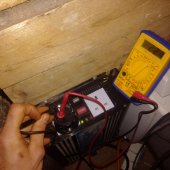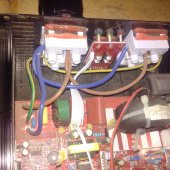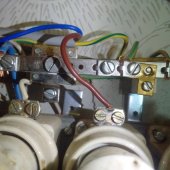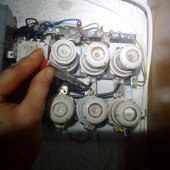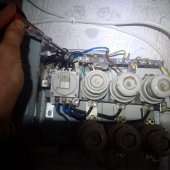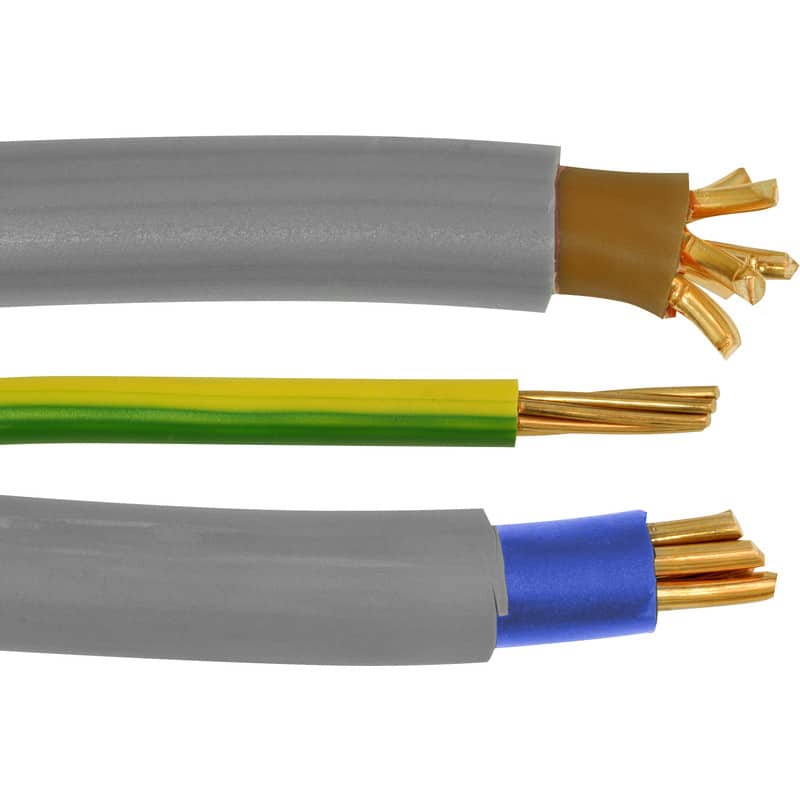My inverter is a Photonice Universe 2000w. Ive used it for years now with all kinds of devices. But when testing to confirm the polarity it appears to be backwards!
Its a brittish plug, those have the live wire on the right, neutral on the left but when I test with the voltmeter between earth the two other holes there is voltage in the left one. Implying the live wire is on the left and the neutral on the right. There is continuity between the earth and the right hole because it is neutral bonded. When I look inside everything looks how it should be. Brown (the colour for live) and blue and yellow/green. The wires are labelled live neutral and earth correctly. I have used a cooker with the inverter for a long time and touched the metal case many times which I have confirmed is electrically connected to the earth pin. I have also used a european adapter for easier insertion of the probes and confirmed that it doesnt swap the poles round. What the fuck.
Its a brittish plug, those have the live wire on the right, neutral on the left but when I test with the voltmeter between earth the two other holes there is voltage in the left one. Implying the live wire is on the left and the neutral on the right. There is continuity between the earth and the right hole because it is neutral bonded. When I look inside everything looks how it should be. Brown (the colour for live) and blue and yellow/green. The wires are labelled live neutral and earth correctly. I have used a cooker with the inverter for a long time and touched the metal case many times which I have confirmed is electrically connected to the earth pin. I have also used a european adapter for easier insertion of the probes and confirmed that it doesnt swap the poles round. What the fuck.




